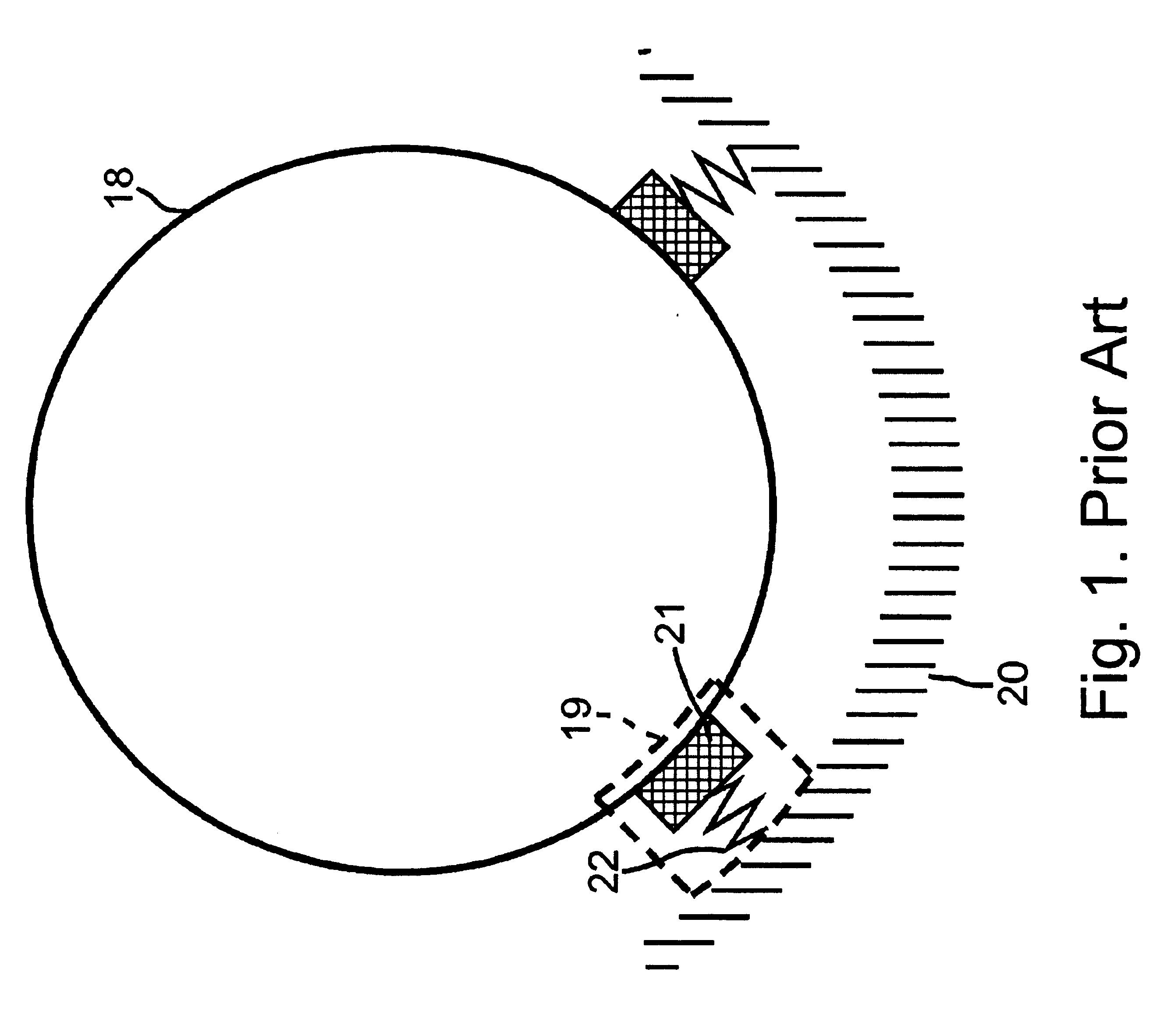Active vibration compensation for MRI gradient coil support to reduce acoustic noise in MRI scanners
a gradient coil and active vibration compensation technology, applied in the field of low acoustic noise mri scanner, can solve the problems of noisy acoustic noise generation, many medical patients find objectionable, and vibration of external parts, so as to reduce vibration transmission and reduce acoustic noise
- Summary
- Abstract
- Description
- Claims
- Application Information
AI Technical Summary
Benefits of technology
Problems solved by technology
Method used
Image
Examples
Embodiment Construction
[0027]Referring to FIG. 2 there is shown an illustrative MRI device 90 to which embodiments of the present invention are applicable. MRI device 90 is of a type useful in producing magnetic resonance (MR) images of a patient or subject. Throughout the figures, like numerals represent like elements. FIGS. 2-6 show MRI device 90 based on a closed, cylindrical superconducting magnet assembly 200. It is to be appreciated by one skilled in the art that the functions and descriptions of the present invention are equally applicable to an open magnet configuration.
[0028]Referring to FIG. 2, this type of magnet assembly comprises an inner surface referred to as a magnet warm bore 304 and a cryostat shell 100 disposed radially around the outer surface. The magnet assembly further comprises end cap seals 212. When end cap seals 212 are secured against rubber gaskets 220 positioned between end cap seals 212 and cryostat shell 100, and secured against other rubber gaskets 220 positioned between e...
PUM
 Login to View More
Login to View More Abstract
Description
Claims
Application Information
 Login to View More
Login to View More - R&D
- Intellectual Property
- Life Sciences
- Materials
- Tech Scout
- Unparalleled Data Quality
- Higher Quality Content
- 60% Fewer Hallucinations
Browse by: Latest US Patents, China's latest patents, Technical Efficacy Thesaurus, Application Domain, Technology Topic, Popular Technical Reports.
© 2025 PatSnap. All rights reserved.Legal|Privacy policy|Modern Slavery Act Transparency Statement|Sitemap|About US| Contact US: help@patsnap.com



